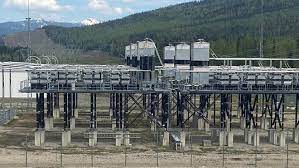sori
Electrical
- Aug 14, 2022
- 3
Hello,
Our company is interested to change a synchronous generator 464 MVA to a synchronous condenser.
Do we need to change the generator electrical protections?
Thank you
Our company is interested to change a synchronous generator 464 MVA to a synchronous condenser.
Do we need to change the generator electrical protections?
Thank you

